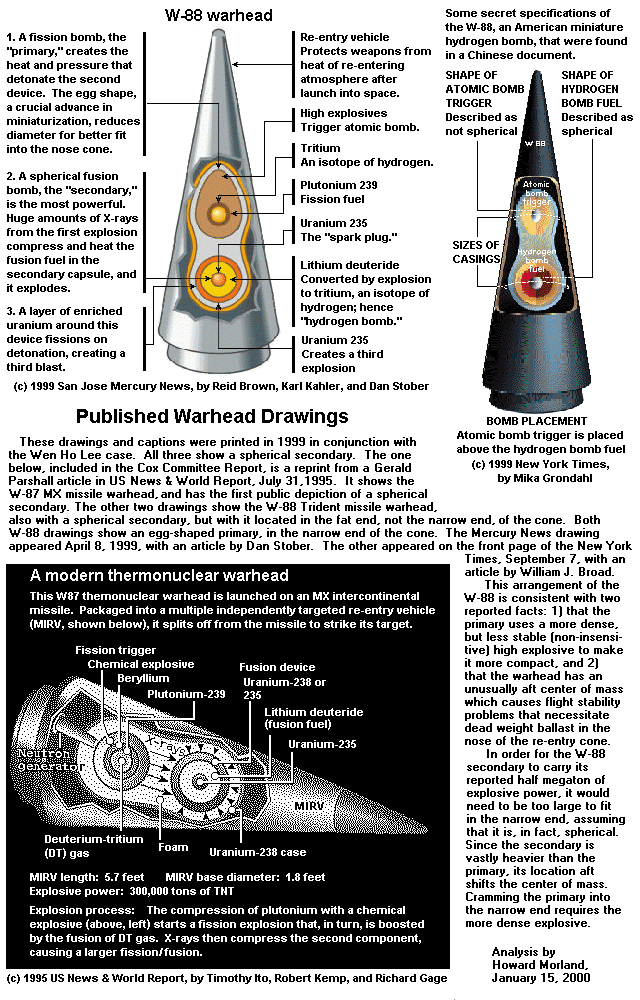

With inelastic scattering the conceptual model of scattering consisting of an absorption followed by emission is literally true. Inelastic scattering, which converts a large part of the neutron kinetic energy into gamma rays, causes large energy losses, reducing the average fission spectrum neutron energy from 2 MeV to 1 MeV after one average inelastic scattering event. For Pu-239 an elastic scattering event reduces the energy by only 0.84% on average. Elastic scattering causes energy loss, which is how moderators in reactors work, but neutrons bouncing off of heavy nuclei lose very little energy. Inelastic scattering only happens at high energies and in this case the model of the neutron being absorbed by the collision is more than conceptual, it really is absorbed froming a highly excited compound nucleus which then emits a neutron, and one of more gamma rays in the process. There are two types of scattering - elastic and inelastic.Įlastic scattering is the same process seen in the macroscopic world with billiard balls. The total cross section, cross_total, is equal to:Ĭross_total = cross_scatter + cross_fission + cross_absorb By combining these we get the average number of neutrons produced per collision (also called the number of secondaries), designated by c:Ĭ = (cross_scatter + cross_fission*avg_n_per_fission - cross_absorption)/cross_total If the interaction is a fission event, then the average number of neutrons produced per fission is emitted (this average number is often designated by nu). If the interaction is a scattering event, then one neutron is emitted. If the interaction is ordinary neutron capture, then no neutron is emitted from the collision. the neutron is "absorbed" by the collision and.The basic idea is this, when a neutron interacts with an atom we can think of it as consisting of two steps: Cross sections are measured in the non-SI unit called a "Barn", which is equal to 10^-24 cm^2. Larger cross sections are reactions that are more likely. Nuclear cross sections measure the likelihood of a nuclear reaction occurring, and are the effective geometric area the nucleus presents for that reaction.

The most likely fission neutron energy is around 0.7 MeV, but the average value, due to the long tail to the right, is very close to 2 MeV. Probability density functions of the fission neutron energies of U-235, Pu-239 and U-233. Bell and Samuel Glasstone, Van Nostrand Reinhold, 1970).įission neutrons start life with a Maxwell-Boltzmann statistical energy distribution, the same distribution law as gas molecules in a room, although here the temperature is close to 1 MeV (nearly 10 billion degrees C). It uses the concept of the "average neutron collision" which combines the scattering, fission, and absorption cross sections, averaged over the energies of all of the neutrons, with the total number of neutrons emitted per fission, to create a single figure of merit which can be used for comparing different assemblies (see for example "One-Speed Transport Theory" in Nuclear Reactor Theory by George I. These scale factors are based on an elaboration of the continuous chain reaction model. These scale factors make it easier to analyze time-dependent neutron multiplication in systems of varying composition and geometry. A more detailed discussion of fission weapon design is aided by introducing more carefully defined means of quantifying the dimensions and time scales involved in fission explosions. In Section 2 the properties of fission chain reactions were described using two simplified mathematical models: the discrete step chain reaction, and the more accurate continuous chain reaction model.
#FISSION BOMB ENERGY RELEASED ARCHIVE#
The only authorized host site for the NWFAQ in English is the Nuclear Weapon Archive (">)īack to top of Section 4 4.1 Elements of Fission Weapon DesignĤ.1.1 Dimensional and Temporal Scale Factors Unauthorized host sites are expressly forbidden. Only authorized host sites may make this document publicly available on the Internet through the World Wide Web, anonymous FTP, or This material may be excerpted, quoted, or distributed freely provided that attribution to the author (Carey Sublette), theĭocument name (Nuclear Weapons Frequently Asked Questions) and this copyright notice is clearly preserved, and the URL of this website is included:


 0 kommentar(er)
0 kommentar(er)
